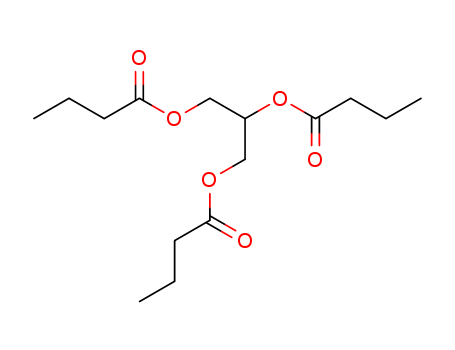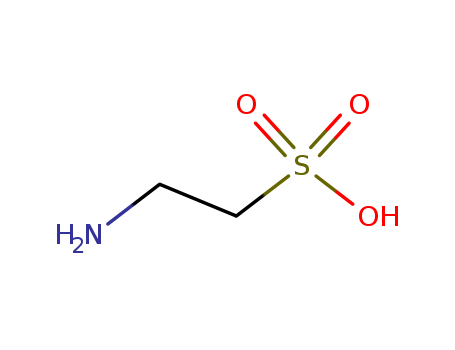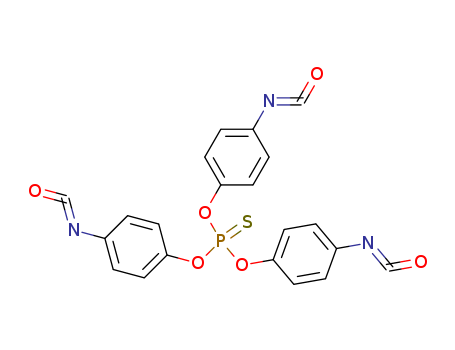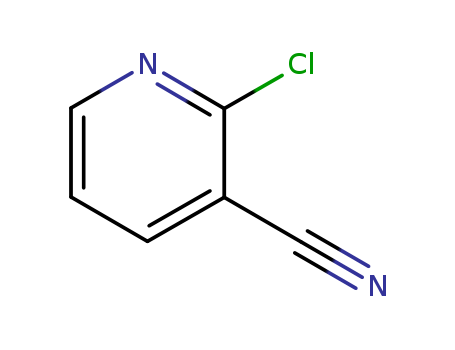- Product Details
Keywords
- natural plant extract
- bio-tech
- γ-aminobutyric acid (GABA)
Quick Details
- ProName: 4-Aminobutyric acid,gamma-aminobutyric...
- CasNo: 56-12-2
- Molecular Formula: C4H9NO2
- Appearance: white or off-white crystalline powder
- Application: Used in food additive, feed additive,p...
- DeliveryTime: Est 15days if one full container quant...
- PackAge: 25kg drum or upto customers'requiremen...
- Port: shanghai or tianjin port
- ProductionCapacity: 2 Metric Ton/Day
- Purity: ≥ 99.5%
- Storage: Stored in cool and draughty place and ...
- Transportation: by sea or by air
- LimitNum: 50 Gram
Superiority
Details
Chemical Name:GABA(gamma aminobutyric acid),4-aminobutyric acid, gammalon, piperidic acid
Structure: NH2CH2CH2CH2COOH
Molecular formula: C4H9NO2 Molecular Weight: 103.12
Gamma Aminobutyric Acid (GABA)is the chief inhibitory neurotransmitter in the mammalian central nervous system. It plays a role in regulating neuronal excitability throughout the nervous system. In humans, GABA is also directly responsible for the regulation of muscle tone.Although chemically it is an amino acid, GABA is rarely referred to as such in the scientific or medical communities, because the term "amino acid," used without a qualifier, conventionally refers to the alpha amino acids, which GABA is not, nor is it ever incorporated into a protein.In spastic diplegia in humans, GABA absorption becomes impaired by nerves damaged from the condition's upper motor neuron lesion, which leads tohypertonia of the muscles signaled by those nerves that can no longer absorb GABA.
When you are using this chemical, please be cautious about it as the following:
It is not only harmful by inhalation, in contact with skin and if swallowed, but also irritating to eyes, respiratory system and skin. In case of contact with eyes, rinse immediately with plenty of water and seek medical advice. If you want to contact this product, you must wear suitable protective clothing.
People can use the following data to convert to the molecule structure.
1. SMILES:C(CC(=O)O)CN
2. InChI:InChI=1/C4H9NO2/c5-3-1-2-4(6)7/h1-3,5H2,(H,6,7)
3. InChIKey:BTCSSZJGUNDROE-UHFFFAOYAC
The following are the toxicity data which has been tested.
| Organism | Test Type | Route | Reported Dose (Normalized Dose) | Effect | Source |
|---|---|---|---|---|---|
| cat | LD50 | intravenous | 5gm/kg (5000mg/kg) | Russian Pharmacology and Toxicology Vol. 47, Pg. 205, 1984. | |
| mouse | LD50 | intraperitoneal | 4950mg/kg (4950mg/kg) |
BEHAVIORAL: GENERAL ANESTHETIC BEHAVIORAL: ALTERED SLEEP TIME (INCLUDING CHANGE IN RIGHTING REFLEX) LUNGS, THORAX, OR RESPIRATION: OTHER CHANGES |
Archivum Immunologiae et Therapiae Experimentalis. Vol. 13, Pg. 70, 1965. |
| mouse | LD50 | intravenous | 2748mg/kg (2748mg/kg) | Archives Internationales de Pharmacodynamie et de Therapie. Vol. 145, Pg. 233, 1963. | |
| mouse | LD50 | oral | 12680mg/kg (12680mg/kg) | Yakugaku Zasshi. Journal of Pharmacy. Vol. 85, Pg. 463, 1965. | |
| mouse | LD50 | subcutaneous | 9210mg/kg (9210mg/kg) | Yakugaku Zasshi. Journal of Pharmacy. Vol. 85, Pg. 463, 1965. | |
| mouse | LD50 | unreported | 7230mg/kg (7230mg/kg) | Bitamin. Vol. 25, Pg. 297, 1962. | |
| rabbit | LDLo | intravenous | 2400mg/kg (2400mg/kg) | Archivum Immunologiae et Therapiae Experimentalis. Vol. 13, Pg. 70, 1965. | |
| rat | LD50 | intraperitoneal | 5400mg/kg (5400mg/kg) |
BEHAVIORAL: GENERAL ANESTHETIC BEHAVIORAL: ALTERED SLEEP TIME (INCLUDING CHANGE IN RIGHTING REFLEX) LUNGS, THORAX, OR RESPIRATION: OTHER CHANGES |
Archivum Immunologiae et Therapiae Experimentalis. Vol. 13, Pg. 70, 1965. |
| rat | LD50 | intravenous | > 5gm/kg (5000mg/kg) | United States Patent Document. Vol. #3380887, | |
| rat | LDLo | intracrebral | 18mg/kg (18mg/kg) | Biochemical Pharmacology. Vol. 14, Pg. 1901, 1965. |







![Bis[(5-ethyl-2-methyl-1,3,2-dioxaphosphorinan-5-yl)methyl] methyl phosphonate P,P'-dioxide](http://file1.lookchem.com/300w/2010/079/42595-45-9.jpg)



